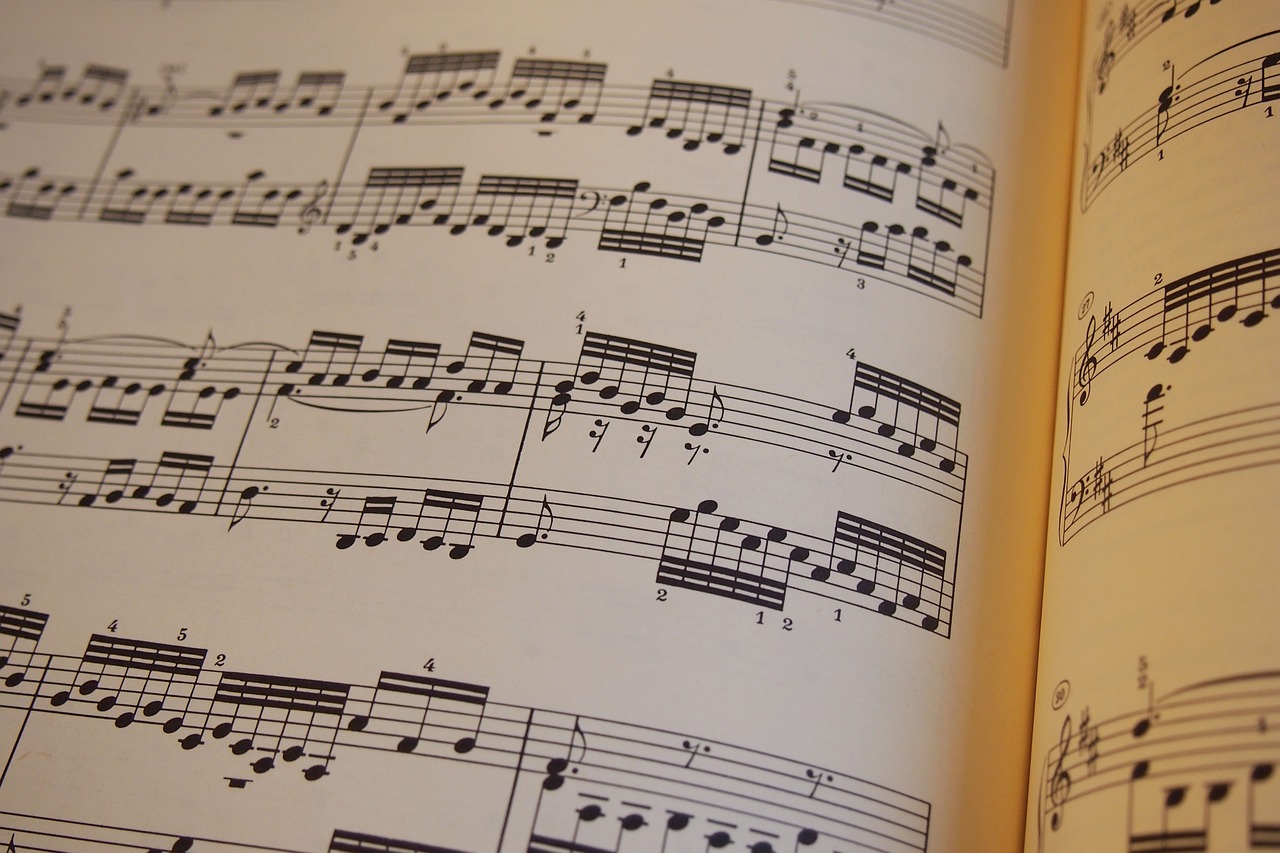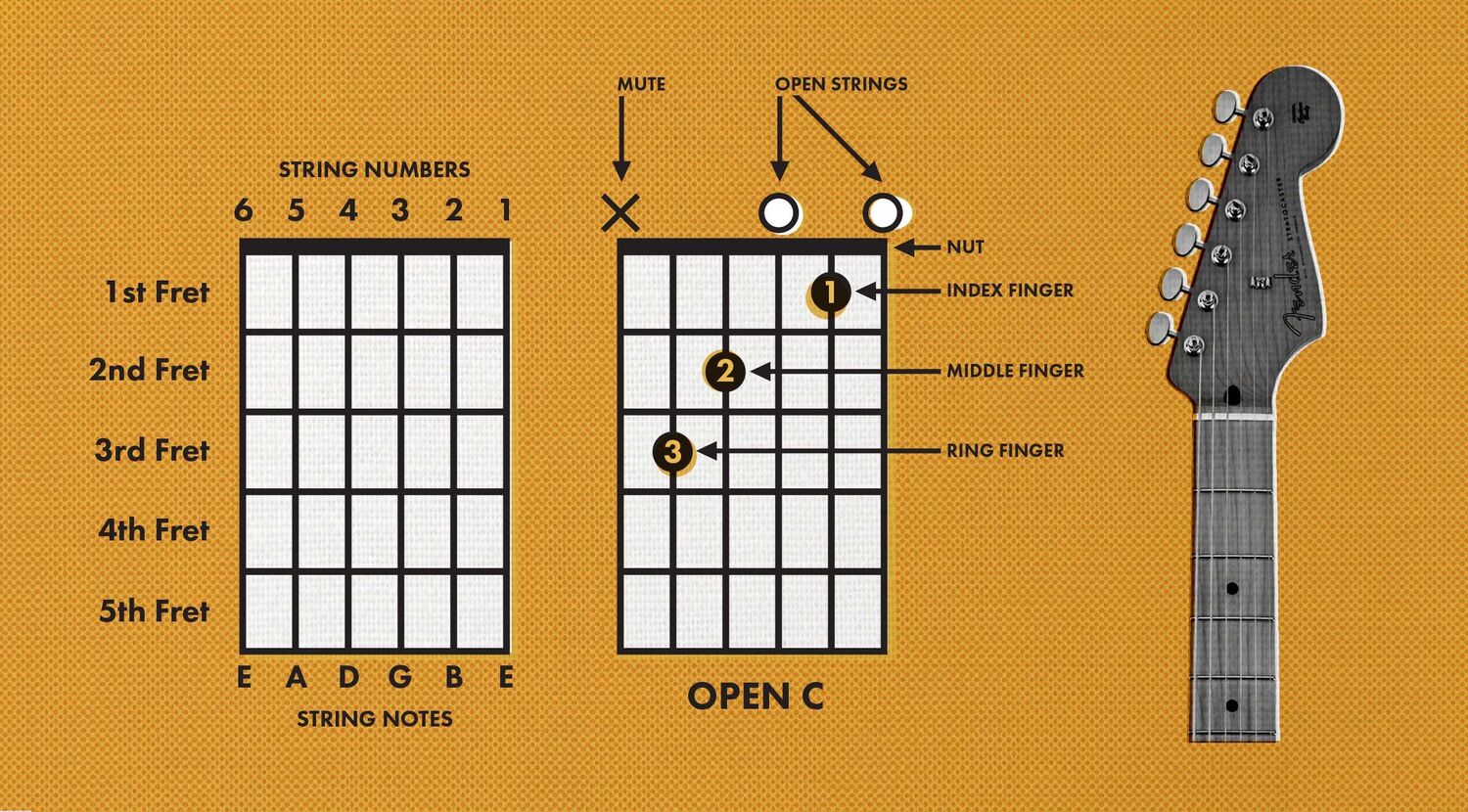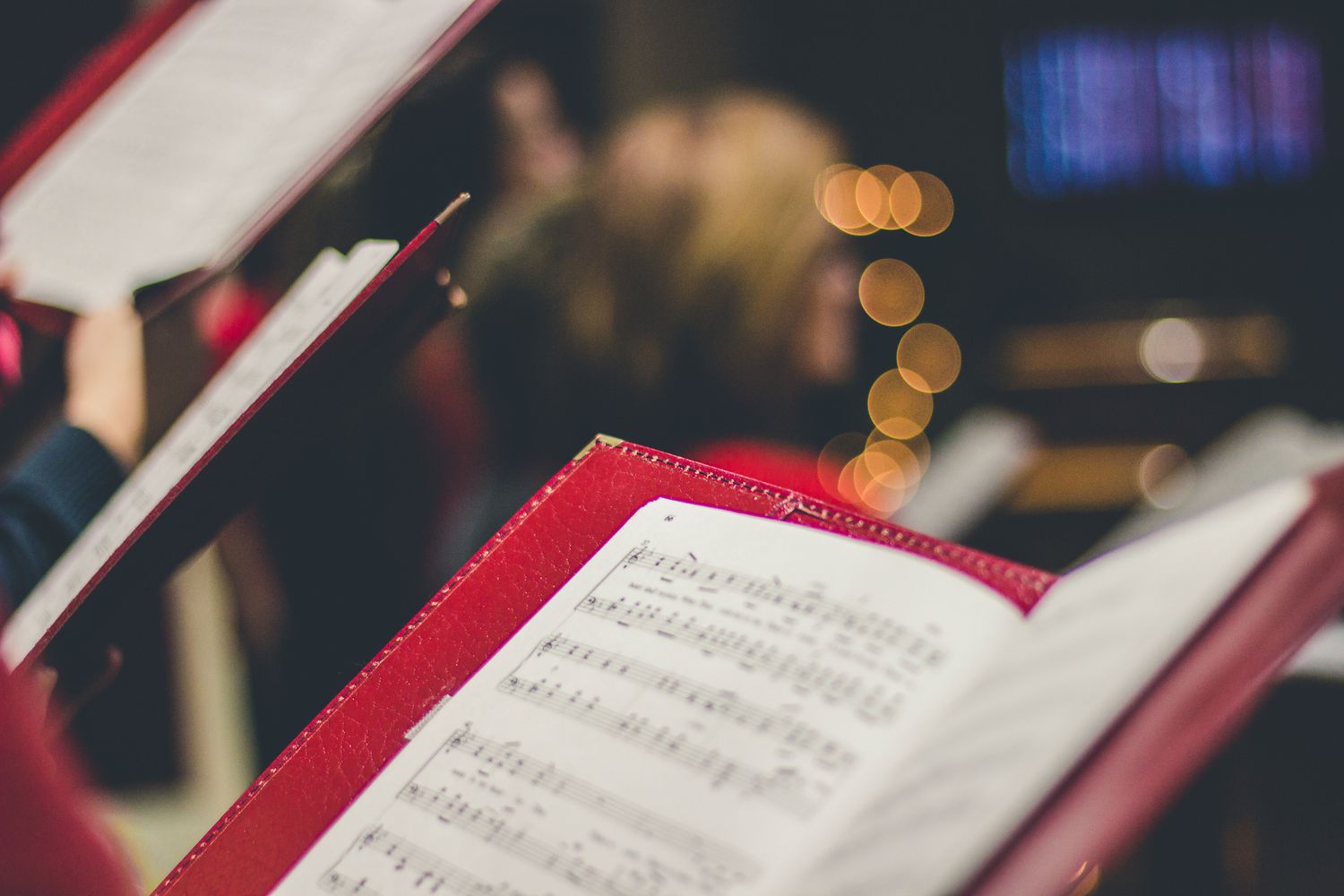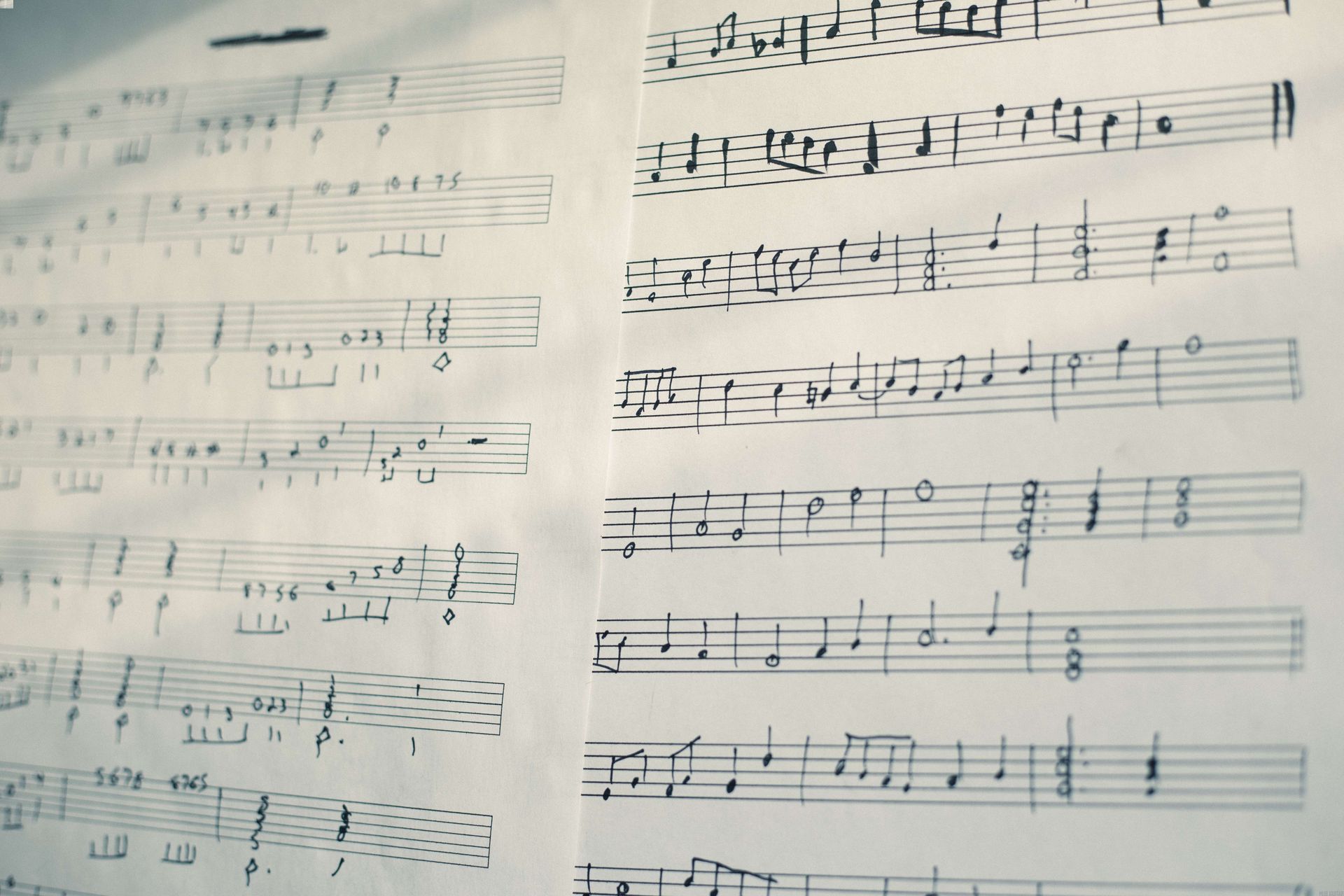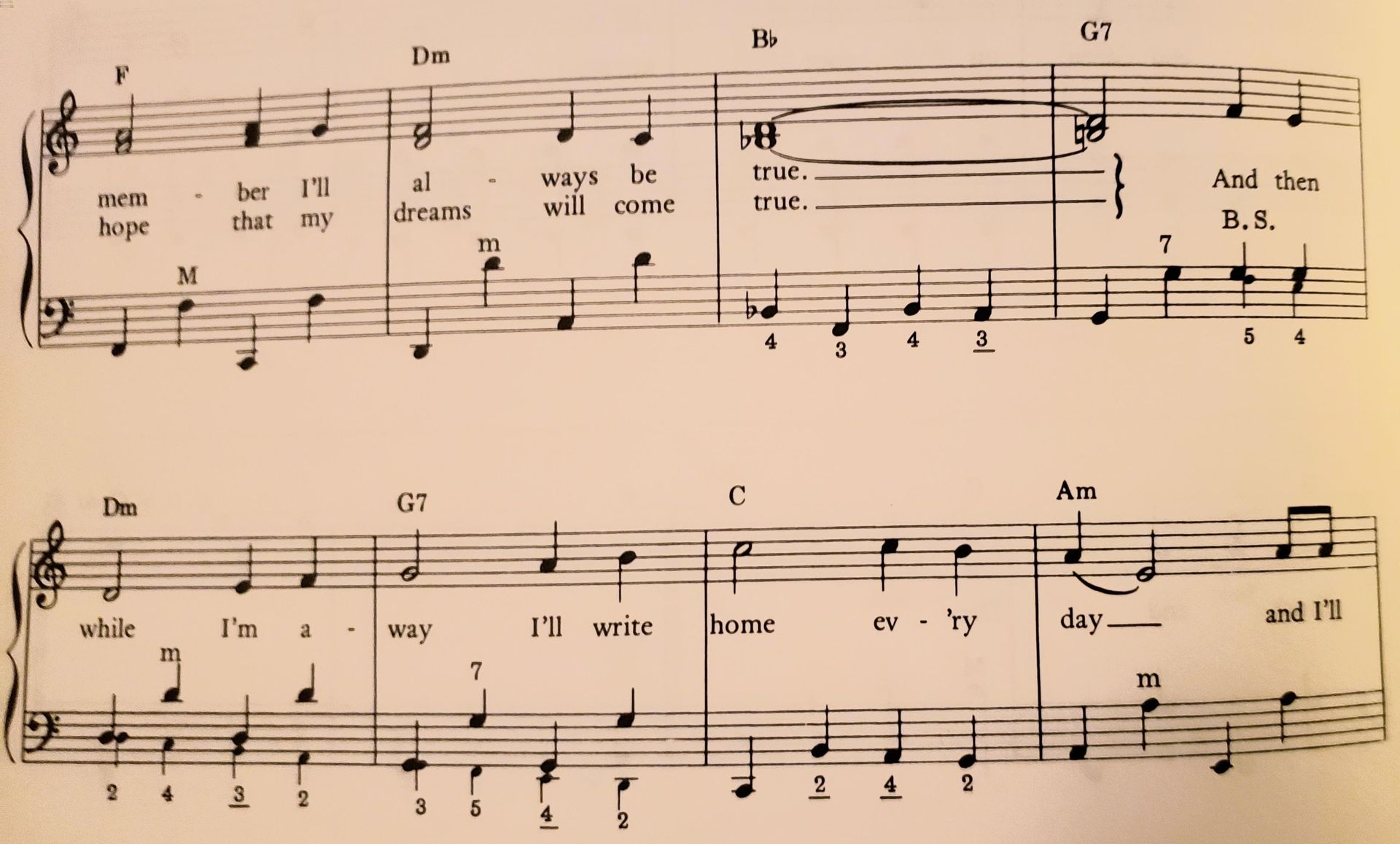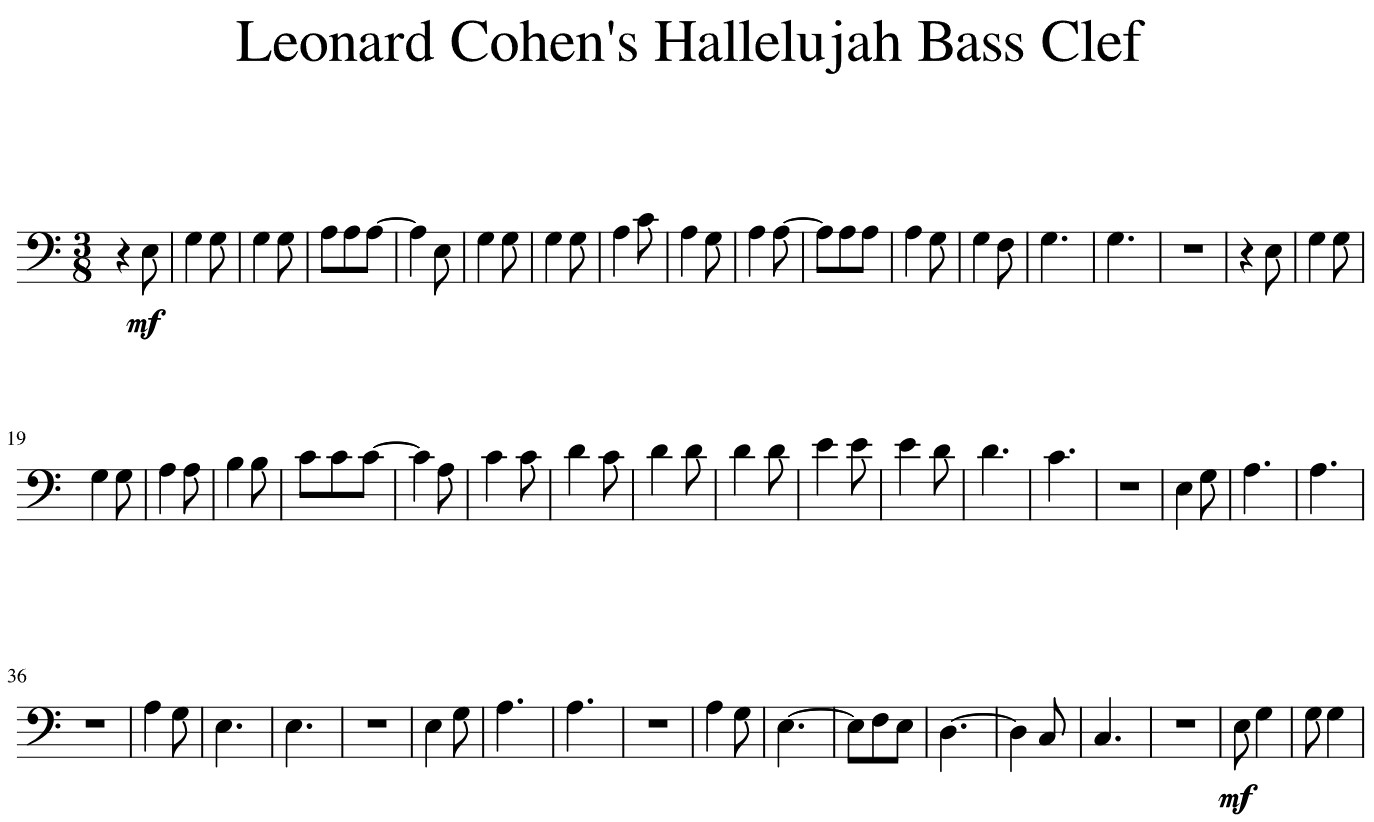Home>Production & Technology>Sheet Music>How To Read Chords Piano Sheet Music
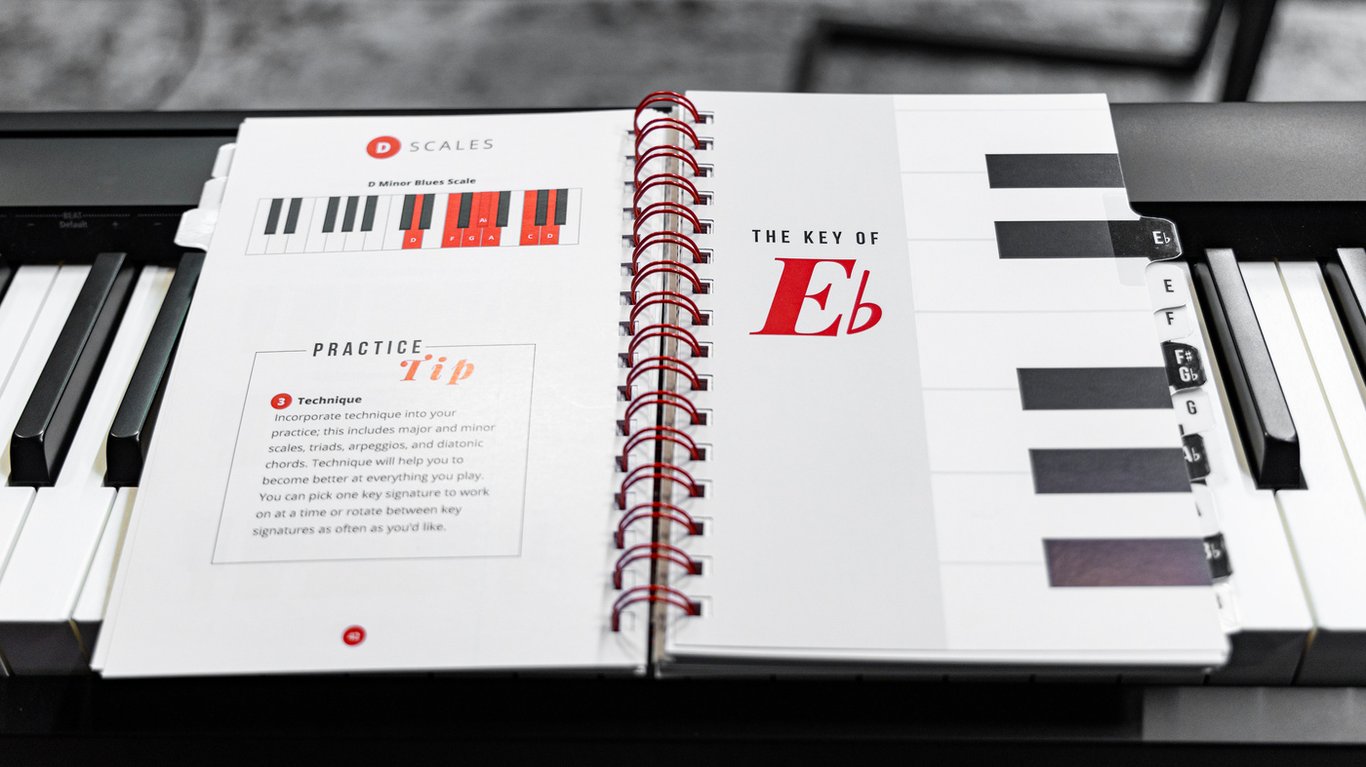

Sheet Music
How To Read Chords Piano Sheet Music
Modified: January 22, 2024
Learn how to read chords on piano sheet music with our comprehensive guide. Improve your sheet music skills and unlock new musical possibilities.
(Many of the links in this article redirect to a specific reviewed product. Your purchase of these products through affiliate links helps to generate commission for AudioLover.com, at no extra cost. Learn more)
Table of Contents
Introduction
Sheet music is a vital tool for musicians of all skill levels, providing a visual representation of the notes and chords they need to play. Among the many types of sheet music available, chord piano sheet music is particularly useful for pianists who want to accompany themselves or others while playing. Understanding how to read chord piano sheet music can significantly enhance your piano-playing skills and open up new possibilities for musical expression.
In this article, we will explore the fundamentals of reading chord piano sheet music, including how to interpret chord notations, identify chord symbols, and learn to play chords on the piano. Whether you’re a beginner or an experienced pianist looking to expand your repertoire, by the end of this article, you’ll have the knowledge and tools to read chord piano sheet music with confidence and precision.
So, grab your piano, find a comfortable seat, and let’s dive into the fascinating world of chord piano sheet music!
Understanding Chord Notations
Chord notations are a shorthand way of representing the different chords that are played in a piece of music. They provide a concise way of indicating the harmony and structure of a song. In chord piano sheet music, these notations are often written above the staff, indicating the specific chords to be played at a given point in the music.
The most common chord notation used in piano sheet music is called the lead sheet notation. This style of notation gives the pianist the basic structure of the song by showing the melody line, chord symbols, and occasionally the lyrics. The chord symbols used in lead sheet notation are typically written above the staff as letters or letter-and-number combinations.
For example, a C Major chord may be notated simply as a “C” above the staff. In contrast, a C minor chord may be notated as “Cm.” Other common chord symbols include “G7” for a G dominant 7th chord, “Am” for an A minor chord, and “F#” for an F sharp major chord.
In chord piano sheet music, it’s important to understand that the chord symbols indicate the basic harmony of the song, but they don’t dictate the specific voicings or inversions of the chords. As a pianist, you have the freedom to choose different chord voicings and inversions that best suit your playing style or the overall feel of the music.
Additionally, chord notations may also include additional symbols or markings to indicate specific chord variations or embellishments. For example, a “+” symbol after a chord symbol indicates that the chord should be played with an added augmented fifth. A “/” symbol between two chord symbols indicates a slash chord, where the chord is played over a bass note other than the root.
Understanding chord notations is essential for reading chord piano sheet music effectively. By familiarizing yourself with common chord symbols and variations, you’ll be able to interpret and play the chords in a piece of music accurately.
Reading the Piano Sheet Music
Reading piano sheet music is like deciphering a musical language. It allows you to translate the notes and symbols on the page into the beautiful sound produced by the piano. When it comes to reading chord piano sheet music, there are a few key elements to keep in mind.
The first step in reading piano sheet music is familiarizing yourself with the staff. The staff consists of five horizontal lines and four spaces, each representing a different musical pitch. The lower notes are located at the bottom of the staff, while the higher notes are placed higher up.
The next crucial component is understanding the musical notes and their corresponding durations. In piano sheet music, notes are represented by oval-shaped symbols placed either on the lines or in the spaces of the staff. The position of the note on the staff tells you which key to play on the piano. Additionally, the shape and presence of stems, flags, or beams attached to the notes indicate their duration.
When reading chord piano sheet music, you’ll also encounter other symbols and markings that provide important information about dynamics, articulations, and tempo. These include symbols like crescendo (gradually getting louder), diminuendo (gradually getting softer), staccato (short and detached), legato (smooth and connected), and many more. Familiarizing yourself with these symbols will help you accurately interpret the musical intentions of the composer.
Chord piano sheet music often includes chord symbols written above the staff. These symbols indicate the specific chords to be played at a given point in the music. It’s important to remember that chord symbols represent the harmony of the song rather than the specific piano voicings. As a pianist, you have the flexibility to choose different chord inversions and voicings to suit your playing style.
Finally, when reading chord piano sheet music, it’s crucial to listen to recordings of the songs you’re working on. This will help you develop a better understanding of the rhythm, phrasing, and overall musicality. By combining your understanding of the notation with aural recognition, you’ll be able to bring the music to life and add your unique interpretation.
Reading piano sheet music can seem intimidating at first, but with practice and patience, it becomes more intuitive. Remember to take it one step at a time, familiarize yourself with the notation elements, and listen actively. Soon enough, you’ll be able to read and play chord piano sheet music with confidence and expressiveness!
Identifying Chord Symbols
Identifying chord symbols is a crucial skill when reading chord piano sheet music. By understanding and correctly interpreting these symbols, you can quickly identify the chords to be played and accompany the melody or other musicians effectively. Here are some tips to help you identify chord symbols:
- Letter Notation: Chord symbols are often represented by letters that correspond to the root note of the chord. For example, “C” represents a C major chord, and “Dm” represents a D minor chord. Note that uppercase letters generally indicate major chords, while lowercase letters indicate minor chords.
- Additions and Extensions: Chord symbols may include additional numbers or symbols to indicate chord variations or extensions. For instance, “Cmaj7” represents a C major 7th chord, and “Am7b5” represents an A minor 7 flat 5 chord. These additions and extensions modify the basic chord, adding different tones or altering the chord quality.
- Bass Note Indication: Sometimes, a chord symbol may include a slash (/) followed by a different note letter. This indicates a specific bass note to be played under the chord. For example, “C/G” means to play a C chord with a G in the bass, resulting in a C over G chord.
- Accidental Notation: Accidentals, such as sharp (#) or flat (b) symbols, may be added to chord symbols to indicate alterations to the chord. For example, “F#m” represents an F sharp minor chord, and “Eb7” represents an E flat dominant 7th chord.
It’s worth noting that chord symbols are a shorthand notation, providing a quick overview of the harmony of a song. They may not specify a particular chord voicing or inversion, allowing you the flexibility to choose how to play the chord on the piano.
As you become more familiar with chord symbols, it’s helpful to practice identifying them by sight and sound. Try playing different chord progressions and examining the chord symbols as you play. This will help strengthen your association between the chord symbol and the actual sound of the chord.
Remember, mastering the skill of identifying chord symbols takes time and practice, but it greatly enhances your ability to read and play chord piano sheet music. With continued effort, you’ll develop a keen eye for chord symbols and be able to effortlessly interpret them while playing the piano.
Learning to Play Chords on the Piano
Playing chords on the piano is an essential skill for any pianist who wants to accompany themselves or others while playing. Chords add harmony and depth to music, allowing you to create beautiful chord progressions and support the melody. Here are some steps to help you learn how to play chords on the piano:
- Memorize Chord Shapes: Start by familiarizing yourself with basic chord shapes, such as major, minor, and dominant chords. Practice playing these chords in different inversions and voicings across the piano. This will help you develop muscle memory and gain a better understanding of how chords are constructed.
- Study Chord Theory: Learn about chord theory and how chords are built. Understanding the intervals and formulas behind different chords will enable you to create chords in any key and expand your chord vocabulary.
- Practice Chord Progressions: Work on playing common chord progressions, such as the I-IV-V progression or the ii-V-I progression, in different keys. This will help you internalize the sound and feel of different chord changes and improve your ability to transition smoothly between chords.
- Play Along with Songs: Choose songs that you enjoy and try to play along by identifying the chord progressions. This will help you apply your chord knowledge in a practical musical context and improve your ability to play chords by ear.
- Experiment with Chord Inversions and Voicings: Once you feel comfortable with basic chord shapes, start exploring different inversions and voicings. This will add variety and richness to your chord playing and allow you to create interesting chord progressions.
- Develop Finger Independence: Work on exercises and techniques that improve your finger independence. This will enable you to play complex chord voicings and move between chords smoothly and effortlessly.
- Practice Sight-Reading Chord Symbols: Challenge yourself to sight-read chord symbols in piano sheet music. Start with simple songs and gradually work your way up to more complex music. This will strengthen your ability to quickly recognize and play chords from notation.
Remember, learning to play chords on the piano takes time and practice. Be patient with yourself and aim to make steady progress. As you become more proficient in playing chords, you’ll find yourself adding depth and richness to your piano playing, allowing you to create beautiful harmonies and accompany yourself or others with confidence.
Tips for Reading Chord Piano Sheet Music
Reading chord piano sheet music can be a rewarding experience, but it does require some skills and techniques to do so effectively. Here are some helpful tips to improve your ability to read chord piano sheet music:
- Master the Basics: Before diving into chord piano sheet music, make sure you have a solid understanding of music theory, including scales, chords, and key signatures. This foundation will greatly assist you in deciphering the chord symbols and understanding the musical context.
- Practice Sight-Reading: Regularly practice sight-reading exercises specifically designed for chord piano sheet music. Start with simple pieces and gradually progress to more complex arrangements. This will sharpen your ability to quickly recognize and play the chords indicated in the notation.
- Focus on the Melody Line: Pay attention to the melody line in the sheet music as it guides you through the changes in the chord progression. By understanding the melody, you can use it as a roadmap to anticipate the chord changes and play the appropriate chords at the right time.
- Study Chord Progressions: Familiarize yourself with common chord progressions used in various musical genres, such as jazz, pop, or classical. This will enable you to recognize recurring patterns and make educated guesses about the chords based on the context of the piece.
- Listen to Recordings: Take advantage of audio recordings of the music you’re learning. Listening to professional performances or even MIDI renditions can help you internalize the sound of the chords and develop a better understanding of how they fit within the overall musical composition.
- Use Chord Diagrams: If you’re still struggling with interpreting chord symbols, consider using chord diagrams or charts as a reference. These visual aids show you the fingerings for various chord shapes, making it easier to translate the symbols into actual piano chords.
- Utilize Online Resources: Take advantage of online resources, such as tutorials, forums, and websites dedicated to chord piano sheet music. These platforms often provide helpful explanations and examples that can enhance your learning process and resolve any confusion you may encounter.
- Experiment and Express Yourself: While it’s important to adhere to the chords written in the sheet music, don’t be afraid to experiment and explore different chord voicings or embellishments. Use the sheet music as a guide, but feel free to add your personal touch and inject your musicality into the performance.
Remember, reading chord piano sheet music is a skill that develops over time with practice and exposure to a wide range of musical repertoire. Embrace the challenge, be patient with yourself, and enjoy the process of unraveling the musical puzzle laid out in front of you. With perseverance, you’ll become more proficient in reading chord piano sheet music and embark on exciting musical adventures.
Conclusion
Learning to read chord piano sheet music is a valuable skill that can greatly enhance your piano-playing abilities. It allows you to accompany yourself or others, adding depth and harmony to your music. By understanding chord notations, reading piano sheet music, identifying chord symbols, and learning to play chords on the piano, you can unlock a world of possibilities for musical expression.
Remember that reading chord piano sheet music is a skill that requires practice and patience. Start by familiarizing yourself with the basics, such as the staff, note durations, and chord symbols. Dive into the world of chord theory and progressions to expand your chord vocabulary and understanding. Practice playing chords in different inversions and voicings, allowing you to explore and create unique sounds.
As you gain confidence in reading chord piano sheet music, remember to rely not only on the notation but also on your ears. Use recordings of songs you’re working on to reinforce your understanding of the rhythm, phrasing, and overall musicality. Develop your ability to play chords by ear, so you can spontaneously accompany yourself or others in any musical setting.
Lastly, don’t forget to enjoy the journey. Reading chord piano sheet music opens up endless musical possibilities and offers a deeper understanding of the songs you love. Embrace the challenge, have fun experimenting with different chord progressions, and express yourself through your piano playing.
So, grab your favorite sheet music, sit at the piano, and embark on the adventure of reading and playing chord piano sheet music. With dedication and practice, you’ll soon be playing beautiful chords and creating wonderful music that resonates with you and your audience.

